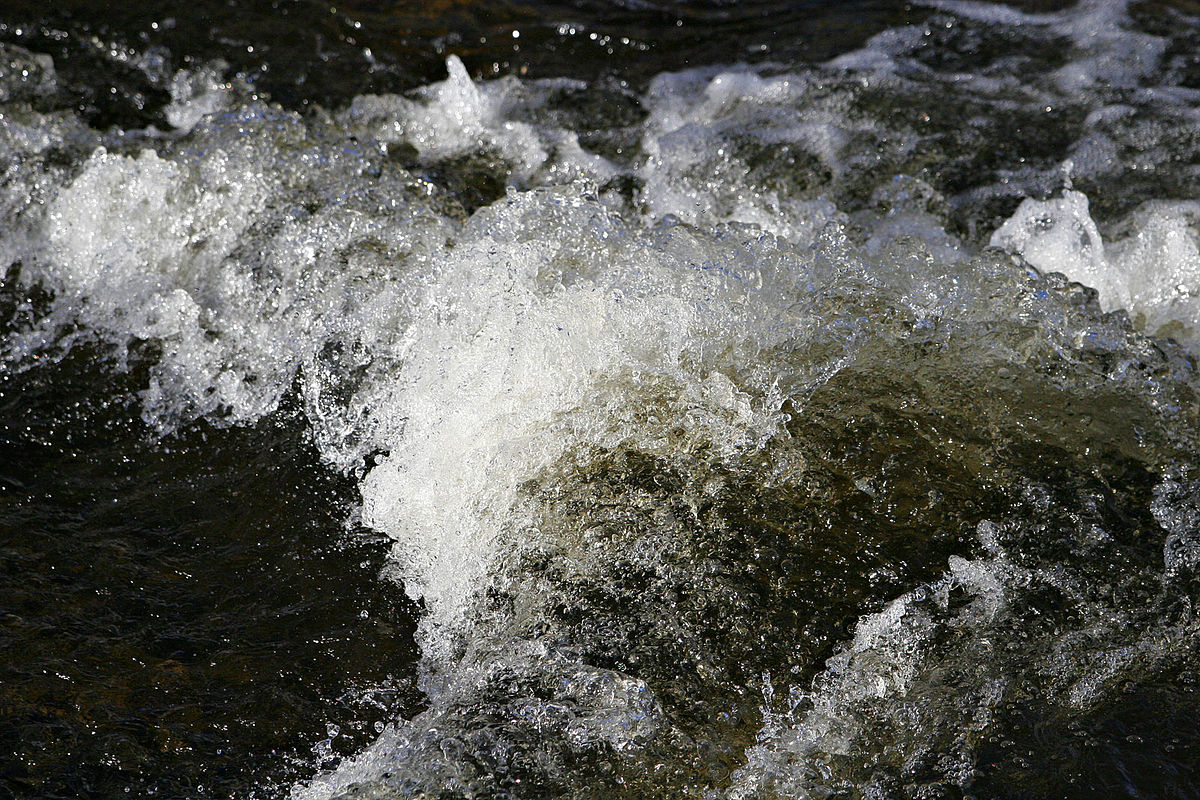Why does it need renaming at all? Atleast two thirds (the shutter speed and the aperture) do indeed affect the exposure (in its true meaning), and the shape of the triangle makes sense, if it is drawn correctly (see below).
Suppose you have a film or an ISO-less camera that is always at 200, and an f/2.8 lens.
So far as I can read this diagram, that means you can only shoot at f/2.8, which is certainly not the case.
Indeed, the more I look at this admittedly elegant diagram, the less it makes sense.
I'm sorry guys, it makes perfect sense to me.
1. definition of exposure: Total amount of light reaching the sensor (only a factor of shutter and aperture)
Take one of the horizontal aperture lines, and look to see where your green shutter speed line intersects it. This is the exposure youre interested in. Take a note of the iso line at that intersection point. Now to keep the exposure the same, youre just sticking on that same blue iso line, but can choose any intersecting combination of shutter and aperture => this will give the same exposure (amount of light reaching the sensor) as your original combination.
2. definition of exposure: Brightness of the resulting image (using aperture, shutter and iso).
Say youre exposing correctly at that dot (iso 1600, f2.8, 1/30 s). You want to change some/all of these to achieve the same brightness image. So like above, you can move up and down your iso line, which will change both the apeture and the shutter speed. You can move up and down the diagonal green line, which will keep the shutter speed the same, but change the iso and aperture, or you can move along the horizontal red line, which will keep the aperture the same, but change the shutter speed and the iso. Or you can do a combination of all:
From the dot, move the iso to 3200, keeping the aperture the same, we can see our correct exposure is not iso 3200, 1/60 sec, f2.8. Now from that point there, change the aperture to f5.6 We end up at 1/15 sec, f5.6, iso 3200. This is exactly the same exposure we started off with



